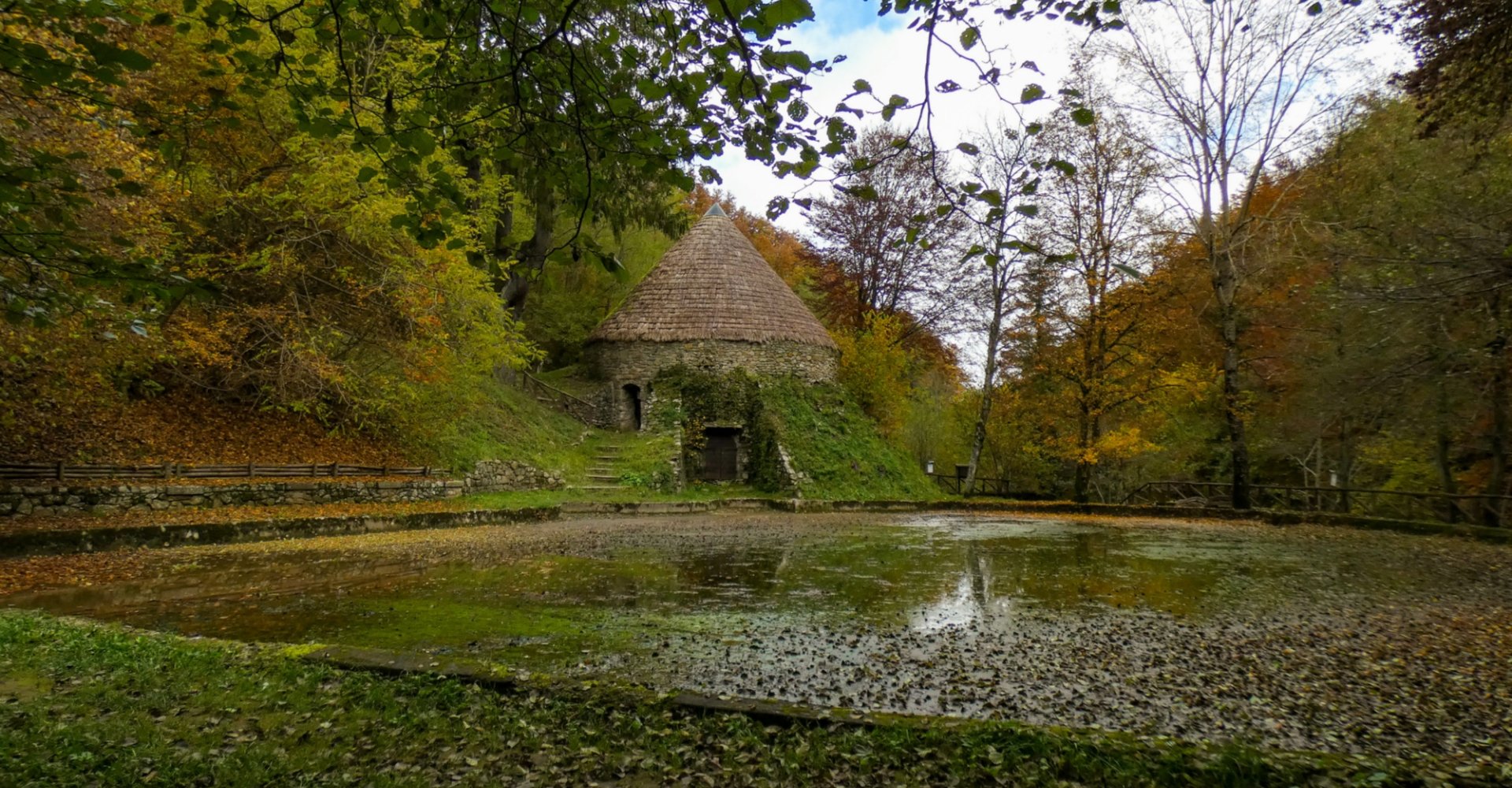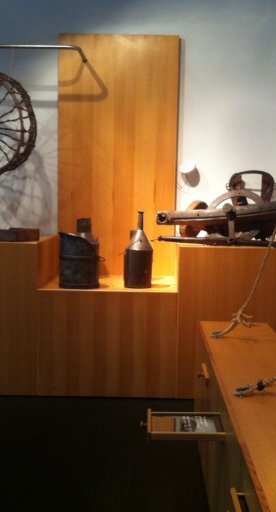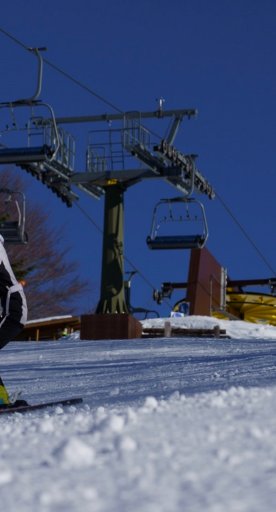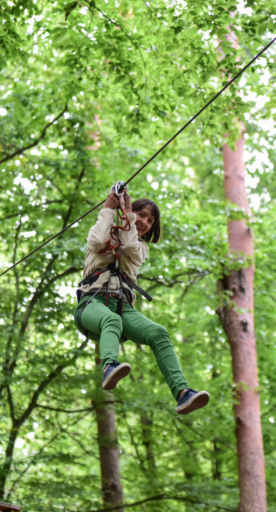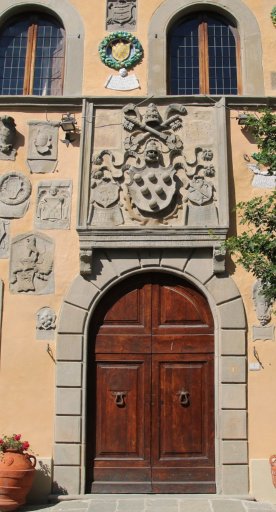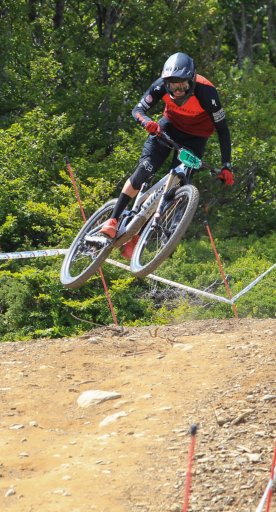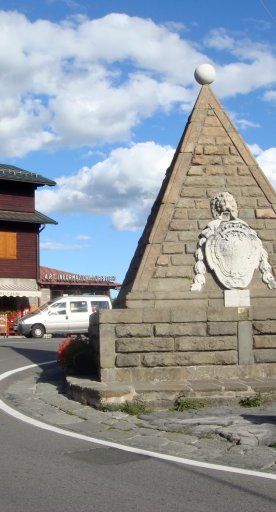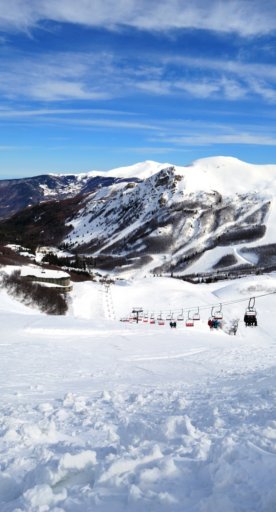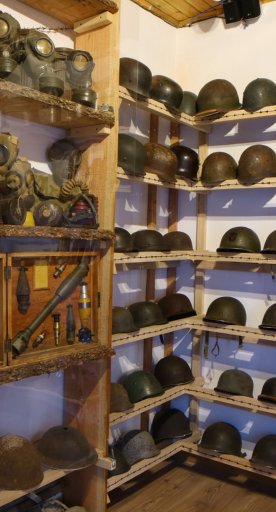Ecomuseum of the Pistoia Mountains
Explore natural oases, museums and historic parish churches as you discover a unique territory
The Ecomuseum of the Pistoia Mountains is a museum that is spread throughout the area. It preserves and promotes local heritage and traditions through a range of outdoor itineraries, museums and educational centres.
Active since 1990, it was the first Eco museum in Italy and was awarded the Targa d’oro (Gold plate) in Parma, as the best enhancement project in the Apennines. It reveals stories and memories of mankind, of their constant relationship with the natural environment, and offers manual experiences and workshops, allowing you to experience the real Tuscan Apennines.
The administrative heart of the Ecomuseum is located in the medieval village of Gavinana, in the Municipality of San Marcello Piteglio, inside Palazzo Achilli, a historic building dating back to the 16th Century, which first belonged to the Prince of Piombino, Ludovico Appaini, then to the Roman Merchant Filippo Achilli, who bought it in the eighteenth century. Today, the building is owned by the Commune of San Marcello Piteglio, and holds an information centre and exhibition centre. It hosts temporary exhibitions, interactive workshops and cultural events.
The Ecomuseum consists of six thematic itineraries: let’s discover them all.
Ice
The Ice Itinerary leads to the discovery of the fascinating and complex activity of natural ice production, which involved the Pistoia mountains from the late eighteenth century to the early twentieth century.
In the neighbourhood of Le Piastre, in the municipality of Pistoia, you can admire the Madonnina Ice House (Ghiacciaia della Madonnina), a truncated cone structure that was used to store ice, obtained thanks to a system of canals and lakes and through exploiting the cold of winter which froze the waters of the River Rhine. Inside, the sculptures by Leonardo Begliomini and the music by Maurizio Geri accompany the visitor on a journey back in time.
For trekking lovers, there is a 9-kilometre path that connects the icehouse to the garden of renewable energy in Ponte Petri: The Trekking Ecomuseum Icehouse Trail; the lucky ones who visit on clear days can see Florence, including Brunelleschi's Dome and Giotto’s Bell Tower, visible from the highest section.
Iron
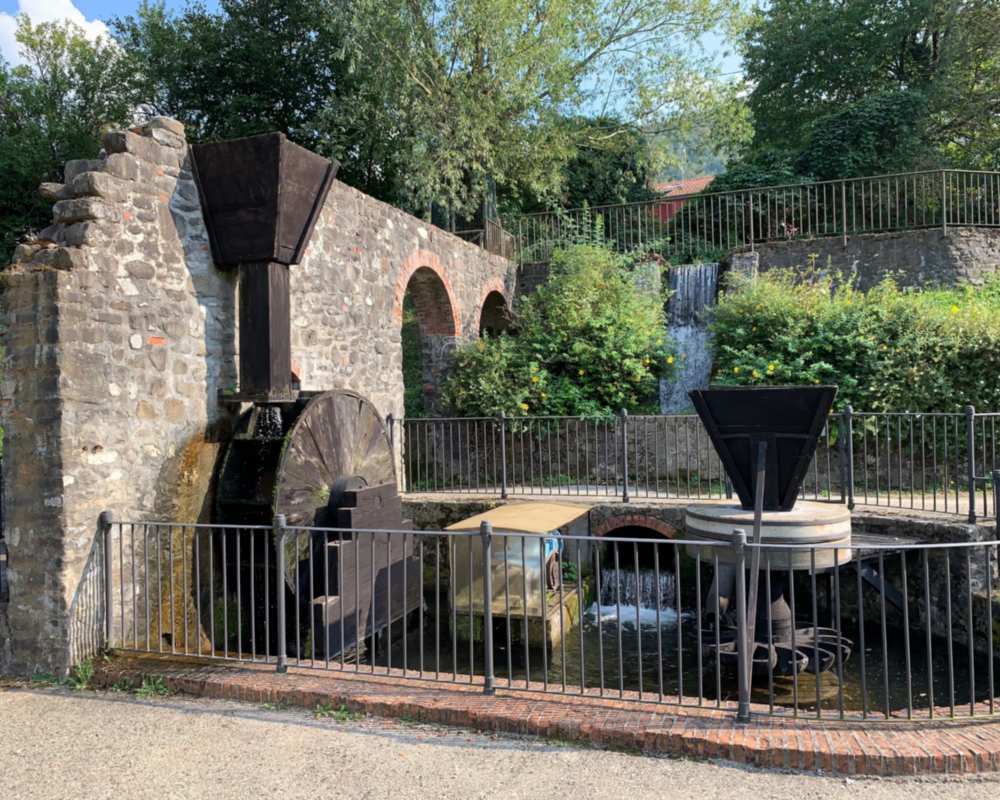
The iron route tells the story of the steel industry on the Pistoia mountains.
The area, rich in abundant waters and forests, has provided renewable energy over the centuries for the development of proto-industrial activities, such as iron processing, documented in the area since the early 1300s.
Thanks to Cosimo I de Medici, the Pisoia mountains became the first iron and steel center of the Grand Duchy of Tuscany from 1543.
In Maresca you can visit the Ironworks, the oldest in Tuscany, active from the 14th century and remained in operation until the 1980s.
The Iron Museum in Pontepetri preserves documents and tools, testimony to the intense steel making activity of the mountain, and the Garden of Renewable Energy, which houses two water wheels and a mallet, reproduced in life size and fully functional. As a demonstration, a modern turbine is activated, which produces hydroelectric energy and ignites a small light bulb.
The iron trail starts from the garden and there is a pleasant 800m long walk in the green along the course of the Maresca stream.
Nature
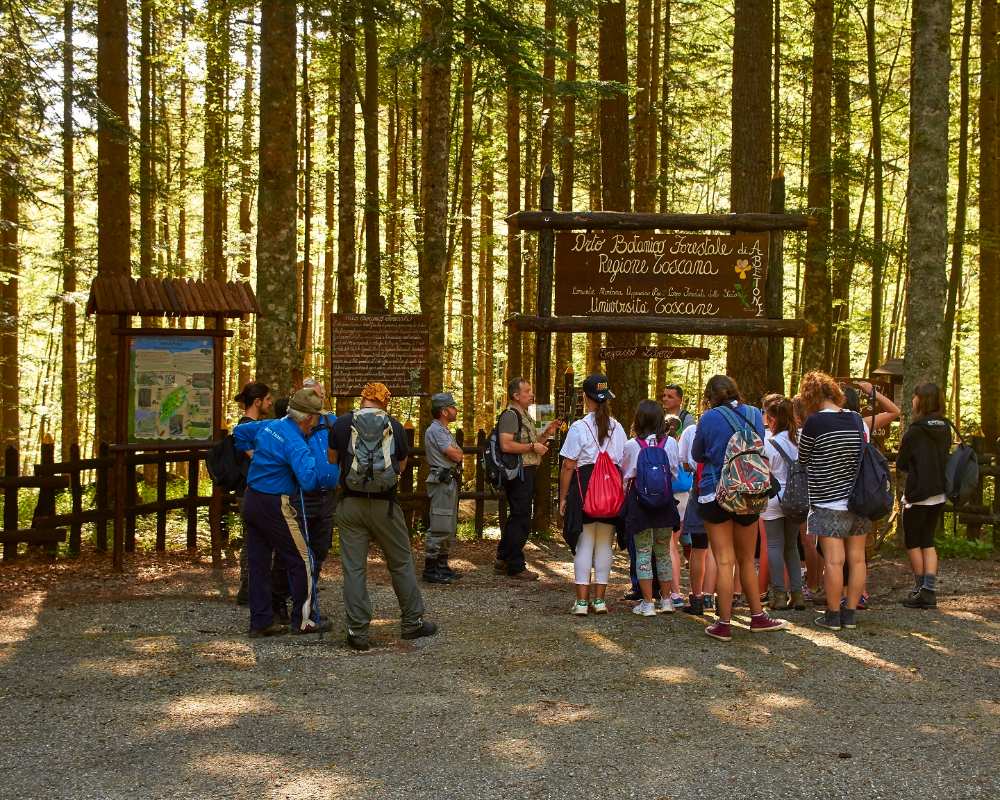
The nature trail allows you to get to know the vast environmental heritage of the Pistoia Apennines.
Stop at the Abetone Forest Botanical Garden, a natural oasis at high altitude that features botanical forests species of the territory, including some particular varieties of the alpine species, which are found at the southern limit of diffusion in this area of the Apennines.
Once finished your outdoor excusrions, visit the Fontana Vaccaia educational center where you can carry out research and in-depth work on various issues of the plant world, with the scientific tools they have available.
In Gavinana, in San Marcello Piteglio, you can find MuNAP – Naturalistic Archaeological Museum of the Pistoia Apennines. In the museum spaces, refurbished in 2018, animals, rocks, minerals and fossils are on display, revealing the natural and human history of the Pistoia Mountains. The reconstruction of a cave bear skeleton (Ursus spelaeus) which populated the Apennines about 20,000 years ago is particularly striking.
Sacred art
The Itinerary of Sacred Art explores the way religion has existed through the centuries gone by in the Pistoia Mountains.
It is developed in the Diocesan Museum of Sacred Art in Popiglio, which is divided into two locations: The Oratory of the Compagnia del SS. Sacramento and the splendid Romanesque church of Santa Maria Assunta.
It has a vast collection, which has been enriched over centuries, mainly thanks to numerous gifts from the Vannini family, originally from Popiglio and who moved to Rome. Valuable liturgical furnishings, jewellery, sculptures and sacred paintings are exhibited. Among these there is a Crucifixion by Giacinto Gimignani, one of the favourite painters of Pope Clement IX, and a valuable historical organ, built by the papal organ builder Giuseppe Testa. The instrument is still working today, thanks to careful restoration.
In the village of Popiglio, the itinerary continues with the educational centre of Sacred Art and Popular Religion, where, by exploring the small looms, you can get a little closer to understanding the ancient art of weaving.
Everyday life
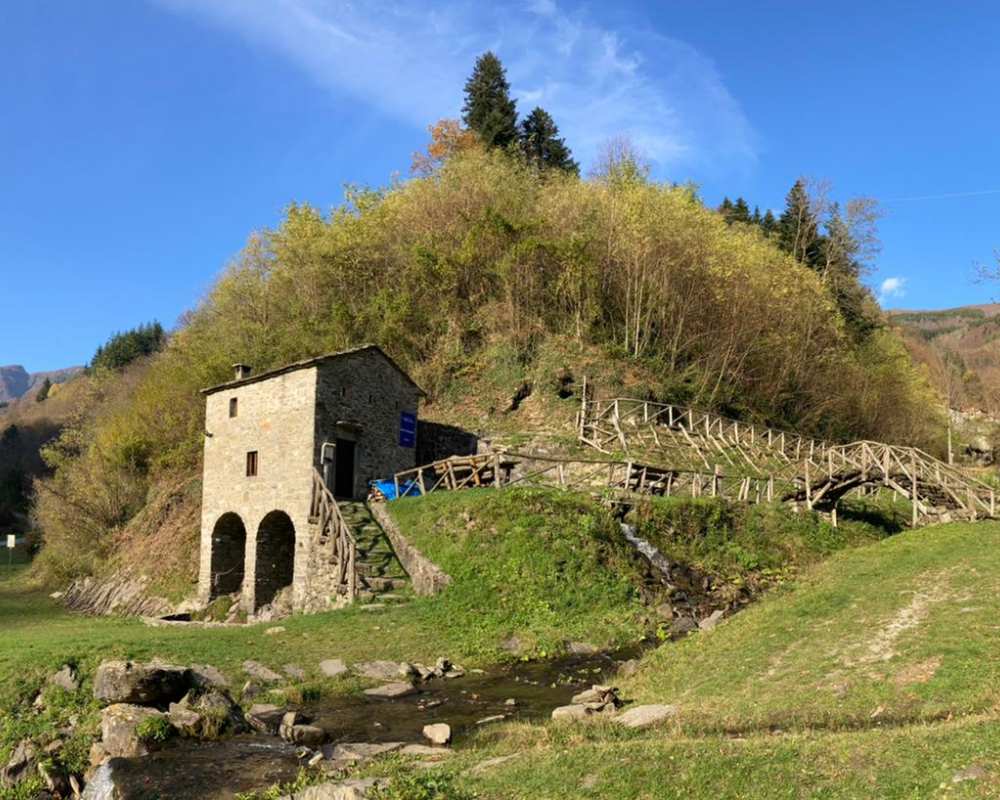
The Itinerary of Daily Life is a journey into the existence of the community, experiencing the customs and crafts of the past.
The Museum of the People of the Pistoiese Apennines in Rivoreta (Municipality of Abetone Cutigliano), allows visitors to open a window into the life of the inhabitants of this area, from centuries past to present day, engaging visitors through objects, images and sounds and putting our manual skills to the test with simple traditional games.
The itinerary continues in Orsigna with the Via Della Castagna and del Carbone. The outdoor path is a narration of the chestnut supply chain and the various phases, which transform the fruit into flour. Along the way there is the dryer (Metato), the Molino di Giamba, a historic mill built in 1820 and running on water, and two self-supporting wooden bridges, based on designs by Leonardo da Vinci. The path ends with the charcoal burners hut and the charcoal pit, allowing you to imagine the difficult life of the woodcutters.
Stone
The Itinerary of Stone includes the Via Francesca Della Sambuca, a medieval pilgrimage route from the hamlet of Pavana to Sambuca Castello, a historic, fortified village. Do not miss the Educational Stone Center in Sambuca Pistoiese, where the tools and objects of the centuries-old craft of the stonemason are exhibited, as well as the Biogenetic Riverva of Acquerino, and the historic Parish Church of Furfalo, in Marliana, dating back to the 10th century, the ruins of which can be found in the woods.
